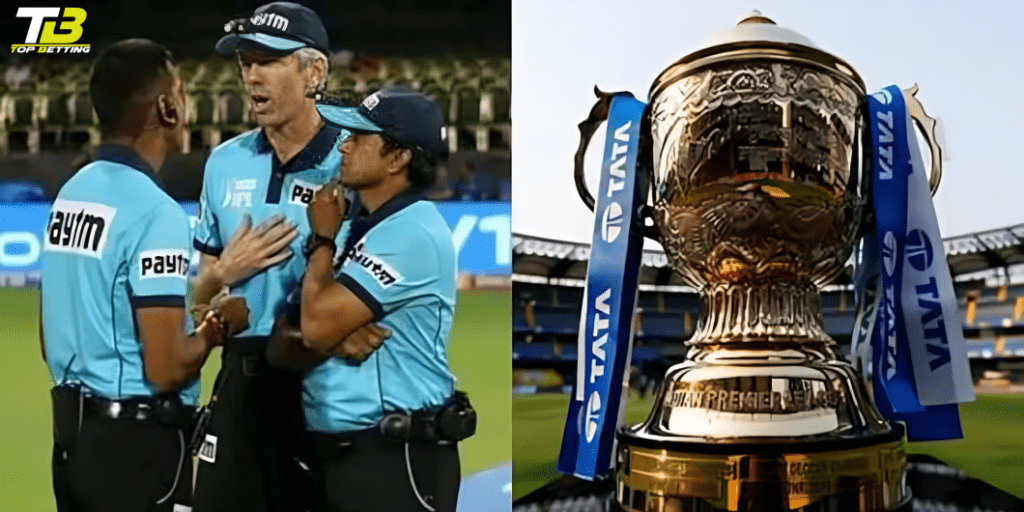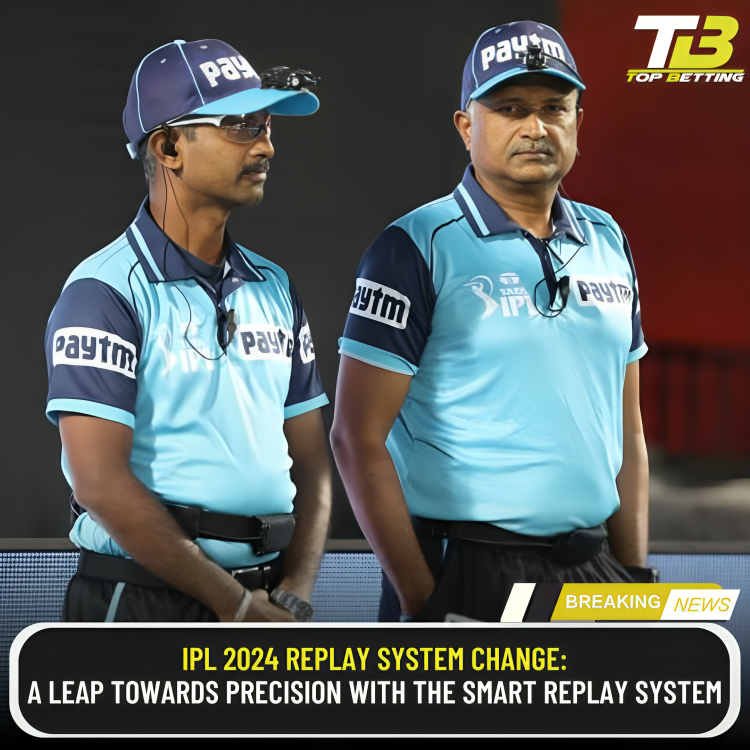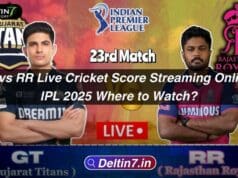
A Leap Towards Precision with the Smart
In the fast-paced world of cricket, where every decision can turn the game on its head, the Indian Premier League (IPL) is set to introduce a game-changing technology for the 2024 season: the Smart Replay System. Aimed at refining the accuracy and reducing the time taken for on-field decisions, this system promises to enhance the viewing experience for millions of fans and ensure fairer outcomes for the teams involved.
Bridging Technology with Cricket
At the heart of the Smart Replay System is a seamless integration between the TV umpire and the Hawk-Eye technology operators. Unlike the previous setup where the TV director played a crucial intermediary role, the 2024 edition will see the Hawk-Eye operators stationed in the same room as the TV umpire. This change is not just about proximity; it’s about ensuring that the umpire has direct and immediate access to a wider array of visuals, facilitated by Hawk-Eye’s eight high-speed cameras strategically placed around the stadium.
Enhanced Visuals for Infallible Judgments
One of the standout features of this new system is the provision for split-screen visuals, a tool that was sorely missed in earlier editions. Imagine a scenario where a fielder executes a relay catch near the boundary rope. Previously, the broadcaster’s limitations in synchronizing the feed of the fielder’s feet with the hands at the moment of the catch posed challenges to the TV umpire’s decision-making process. The Smart Replay System addresses this by enabling split screens to show synchronized footage, providing clear evidence for decisions.
Precision in Stumpings and Catches
Stumping decisions are set to become more precise with the Smart Replay System. By utilizing a tri-vision setup, the TV umpire can view side-on and front-on footage in a single frame, ensuring a comprehensive perspective on the moment the bails are dislodged. This is a significant upgrade over the previous reliance on Stump Cam footage, which, with its lower frame rate, often left room for doubt.
The clarity of decision-making extends to catches taken close to the ground, a frequent source of contention under the old system. With the ability to immediately display a single frame showing front-on and side-on angles, the TV umpire has at their disposal all the necessary evidence to make a call without the previous ambiguity.
Live Conversations for Transparency
In a move towards greater transparency, the IPL is considering broadcasting live the conversations between the TV umpire and the Hawk-Eye operator. This initiative will allow fans to follow the umpire’s thought process, understanding the rationale behind each decision, and thereby enhancing the credibility of the officiating.
Streamlining the Review Process
The essence of T20 cricket is its pace, and any technology that can maintain the flow of the game while ensuring accuracy is invaluable. The Smart Replay System is designed to eliminate redundant steps in the review process, especially evident in the streamlined approach to LBW reviews. By prioritizing ball tracking immediately if the ball is seen to have pitched outside leg, the system saves precious time, keeping the game moving and the audience engaged.
Preparing for the Future
In preparation for this technological leap, the Board of Control for Cricket in India (BCCI) hosted a two-day workshop in Mumbai, familiarizing select Indian and international umpires with the nuances of the Smart Replay System. With IPL 2024 on the horizon, this initiative marks a significant step forward in integrating technology with cricket, ensuring that the spirit and fairness of the game are upheld.

As we edge closer to the start of the season on March 22, the cricketing community awaits the impact of the Smart Replay System with bated breath. Will it deliver on its promise of quicker, more accurate decisions? Only time will tell, but one thing is certain: IPL 2024 is setting the stage for a more technologically advanced and fairer form of cricket.











